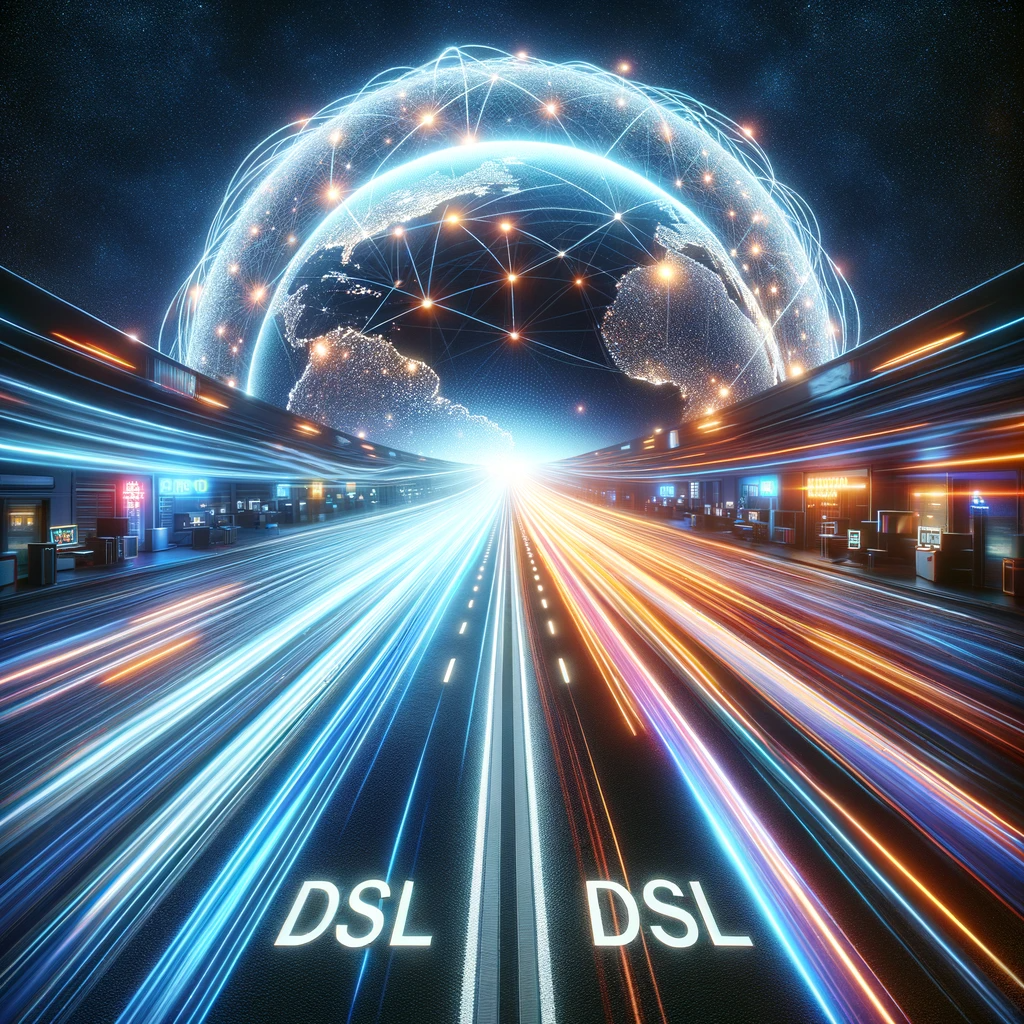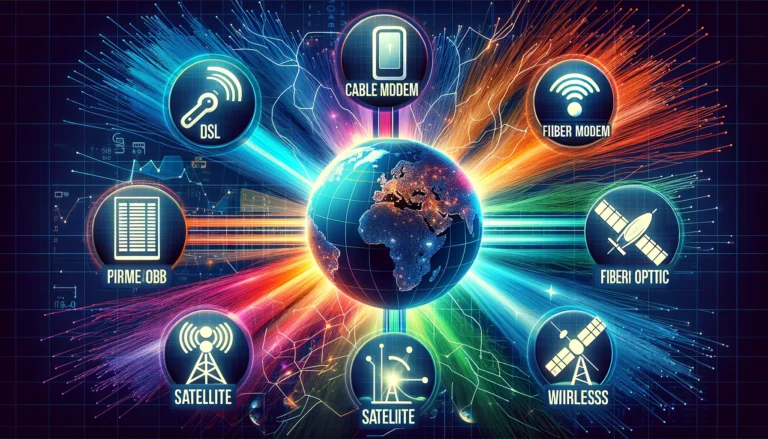Unlocking Speed: DSL vs. Cable Modem in the Broadband Technology Race
In today’s fast-paced digital world, broadband technology serves as the backbone of our internet connectivity, determining how swiftly and reliably we can access the online universe. Among the plethora of options available, Digital Subscriber Line (DSL) and Cable Modem technologies stand out as prominent choices for residential and business users alike. This comprehensive comparison aims to shed light on these two broadband powerhouses, guiding you through their intricacies and helping you make an informed decision tailored to your internet needs.

The Essence of DSL
DSL technology leverages existing telephone lines to provide internet access without disrupting your landline service. It’s a type of broadband connection that transmits data over copper telephone lines, which are already widespread, making DSL an accessible option for many, especially in rural or less urbanized areas. The hallmark of DSL is its reliability and consistent speed, which doesn’t fluctuate as much with the number of users online simultaneously. However, the speed of a DSL connection can significantly depend on the distance from the provider’s central office; the farther away you are, the weaker the signal and the slower the connection.
The Power of Cable Modems
On the flip side, cable modems utilize the coaxial cable networks laid out for cable television to deliver high-speed internet. This technology is known for its capacity to offer higher peak speeds compared to DSL, making it a favorite for heavy internet users indulging in streaming, gaming, and downloading large files. Cable internet’s bandwidth is shared among users in a locality, meaning that your internet speed could dip during peak usage times when more people are online.
Speed and Performance: The Ultimate Showdown
When it comes to raw speed, cable modems generally have the upper hand over DSL connections. Cable technology can offer speeds up to 1 Gbps in some areas, a feat DSL struggles to match with its top speeds capping at around 100 Mbps. However, it’s crucial to note that the “real-world” speeds experienced by users can be influenced by various factors including network congestion, infrastructure quality, and service provider limitations.
Reliability and Availability: The Balancing Act
DSL scores points for its reliability, thanks to dedicated lines that reduce traffic congestion and ensure a stable connection. It’s widely available, especially in areas not yet reached by the extensive cabling required for cable internet. Conversely, cable internet, while generally reliable, can suffer from bandwidth bottlenecks during high traffic periods, potentially leading to slower speeds.
Cost Considerations: Balancing Speed with Budget
When evaluating cost, DSL often emerges as the more budget-friendly option, offering a range of plans that cater to light to moderate internet users. Cable internet, with its higher speed capabilities, typically commands a premium, especially for plans at the higher end of the speed spectrum. However, promotional bundles and deals from cable providers can sometimes offer more value by combining internet, TV, and phone services.
Making the Right Choice
Choosing between DSL and cable modem broadband technologies boils down to your specific needs, location, and budget. If you prioritize consistent speeds and reliability over raw performance and reside in an area far from urban centers, DSL might be your best bet. Conversely, for users who demand high-speed internet for data-intensive activities and live in areas with robust cable infrastructure, a cable modem connection could be the way to go.
In conclusion, both DSL and cable modems are formidable broadband technologies, each with its own set of advantages and limitations. By understanding the nuances of these internet access methods, you can make a choice that aligns with your lifestyle, ensuring a seamless and satisfying online experience.




